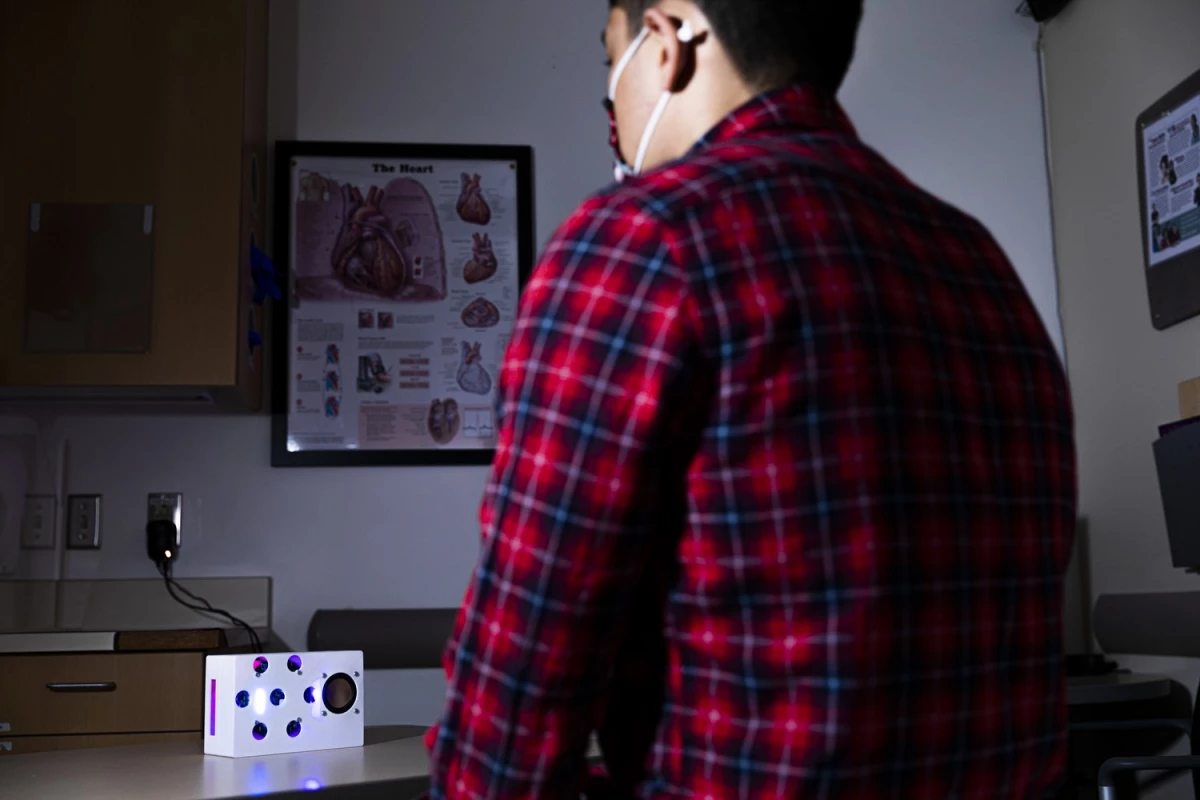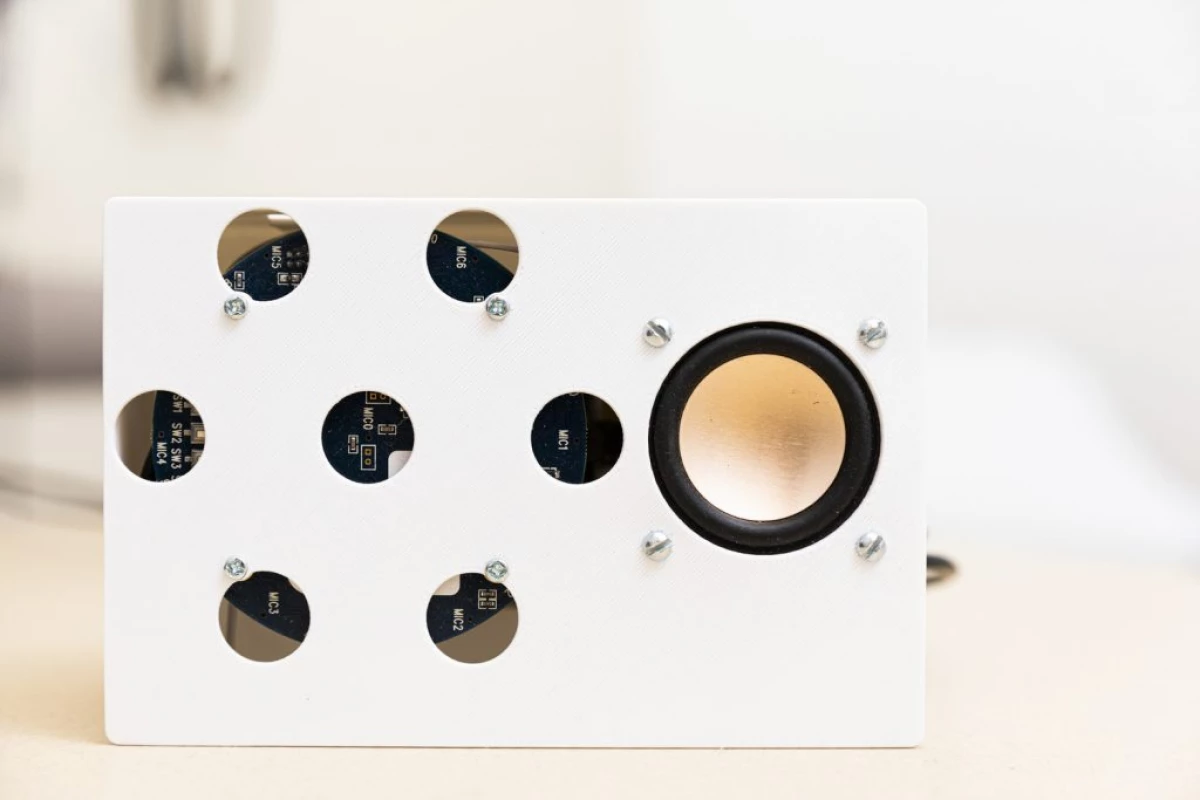Smart speakers, such as Amazon Echo or Google Home, can be used to monitor heart rhythms without physical contacts as efficiently as existing monitoring systems.
Scientists from the University of Washington (USA) have developed a sound system based on artificial intelligence technology capable of detecting irregular heartbeat. The system sends the unreasonable sounds into its close environment, and then analyzes the reflected waves to determine individual heart rhythms from someone who sits next to it. This technology can be useful for detecting heart rate disorders, such as cardiac arrhythmias.
Information about this development was published in the Communications Biology journal.
The main task in the development of this technology was the detection of heartbeat sounds and their highlighting of respiratory sounds, which are much louder. Moreover, since the respiratory signal is irregular, it is difficult to simply filter. Using the fact that modern "smart" speakers have several microphones, developers have created a new beam formation algorithm to help the column to detect heartbeat.

Column based on artificial intelligence technology uses an algorithm that takes into account the signals obtained from several microphones on the device to determine the heartbeat. This is similar to how commercial "smart" speakers, such as ECHO, can use several microphones to highlight one vote in a room filled with other noises.
The researchers tested technology on a group of healthy volunteers and a group of patients with various heart diseases, and compared it with a widely used conventional heartbeat monitor. The system discovered the median interval between shocks, which was within 30 milliseconds or less from what was detected by the control device, which suggests that it is comparable from the point of view of accuracy.
During the study, participants were sitting within one meter from the column sending the sick sounds into the room. Algorithms were isolated and tracked separate heartbeats from registered reflected signals.
26 healthy people participated in the study, the average age of which was 31 years old, and the ratio of women and men - 0.6. In the second group included 24 participants with heart violations, including flickering arrhythmia and stagnant heart failure, whose average age exceeded 62 years.

Currently, the system is suitable for quickly checking the heart rhythm, and the user needs to be intentionally located next to the device before he can analyze the heart rate. Nevertheless, researchers hope that in the course of future iterations, the technology will be able to continuously control the condition of the heart, even during sleep.
The fact that consumer "smart" speakers are already widely available, provides an opportunity to create on their basis "next generation of health monitoring solutions", said university scientists.
